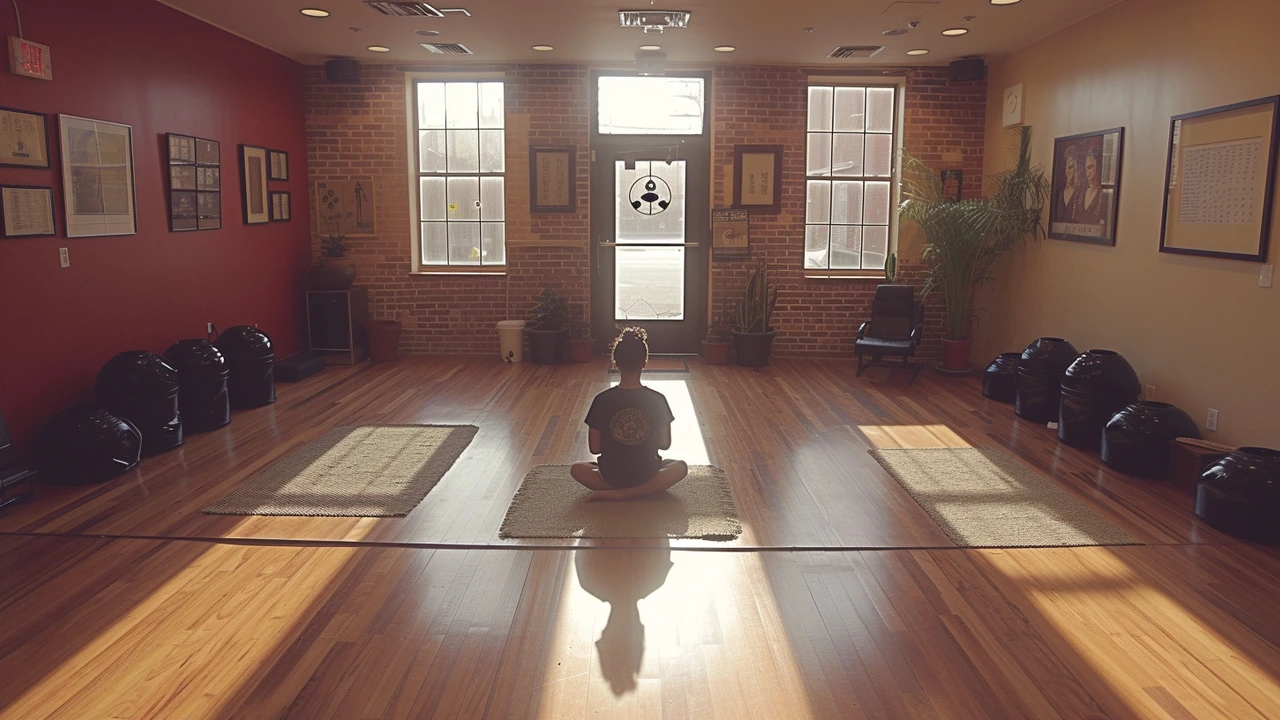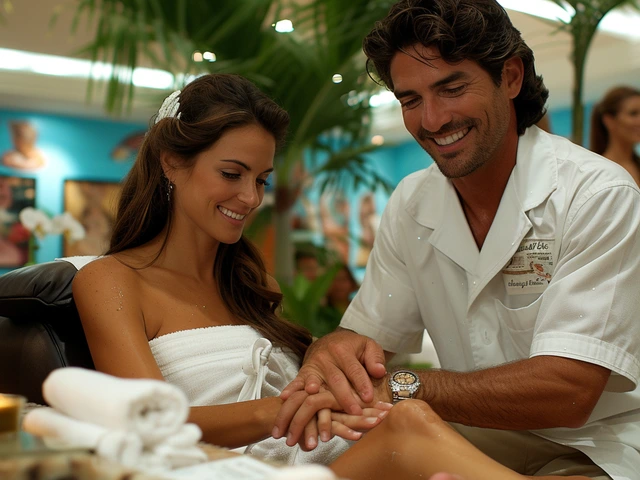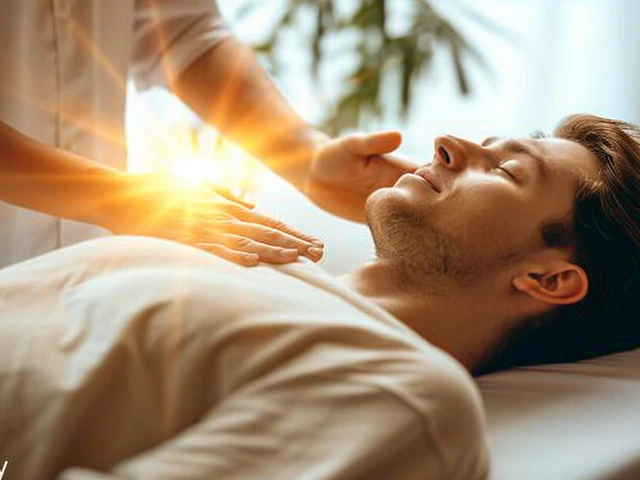
An Introduction to the World of Rolfing
Let me transport you to a realm where tension and discomfort melt away, where your body attains alignment you never thought achievable, where your form becomes a masterpiece of symmetry and balance. I'm not describing a resort on Mars or the Matrix; we're venturing into the world of Rolfing, a bodywork method that's sparked quite a revolution in the field of body alignment. Burstingly so!
Ever heard of a seemingly profound sentence that leaves you furiously scratching your head, wondering what it means because you know it's profound but can't quite get your head around it? Well, that's probably like Rolfing before you delve deeper. So, let's get curious, here’s the deal: Rolfing, also known as Structural Integration, is a type of bodywork that focuses on the connective tissue, or fascia, to relieve physical and emotional tension while enhancing posture and movement.
Rolfing: The Story Behind the Name
Everything significant has an interesting story behind it. And so does Rolfing. It was named after its creator, Dr. Ida Rolf, a biochemist from New York City, who developed the method in the 1940s. Now you must be thinking about what, amidst all the hustle and the bustle of the Big Apple, got Dr. Rolf to invent a way to essentially iron out your body’s wrinkles? Her belief was simple yet groundbreaking. She theorized that the body’s aches, pains, and even emotional distress, are often a reflection of its misalignment within the gravity field. In simple terms, when you distort a free-flowing river, it fusses, and so does your body when it's out of alignment with gravity.
Underlying Principles of Rolfing
Now that we know about Dr. Rolf and her intention behind creating Rolfing, let's delve into the principles that underlie this method. The underpinning principle of Rolfing is pretty simple yet powerful: enhancing overall body alignment by reorganizing the fascia. Okay, I can already see the perplexed eyebrows forming a meeting point on your forehead. Trust me, I've been there. Let's break it down. Fascia is a layer of connective tissue that surrounds the muscles, bones, and organs.
In its normal state, the fascia is relaxed and can stretch and move without restriction. But, from the physical trauma we put our bodies through daily, this tissue can harden and tense. It’s like a tug-of-war, and unfortunately, our bodies end up being the losing team. Imagine it as a clingy, overly protective partner refusing to let you go, causing nothing but discomfort. This tension hinders the free movement of muscles and reduces performance. Removing these restrictions is where Rolfing swings in like a hero ready to save the day.
Experiences from a Rolfing Session
Now you know that Rolfing is more than a funky name and revolves around the concept of healing the body through the fascia. But how does it actually feel to get rolfed? Well, 'getting rolfed' is just my catchy way of saying ‘going through a Rolfing session.’ Here’s where I bring in my own personal experience.
Being a father of two hyperactive lightning bolts, a.k.a my child squad – Harrison and Linnea, I often found an uncanny resemblance between my body and a pretzel. One fine day, driven by curiosity (and a dash of desperation), I succumbed to a Rolfing session. An hour of gentle pressure and I felt like I'd had an internal workout, a gym session just for my insides. While some parts were tinged with discomfort, the overriding feeling was one of an odd release, almost like letting out a long-held breath. As clichéd as it sounds, I felt lighter, taller, and slightly invincible.
Benefits You Can Reap from Rolfing
Now that I've bombarded you with information about fascia and a personal story of my Rolfing experience, you're probably wondering, "All this sounds fascinating, but what's in it for me?" Glad you asked! Rolfing offers a plethora of benefits, which include easing chronic pain, improving posture, reducing stress, improving flexibility, and even enhancing athletic performance. It's like the multi-tool of the bodywork universe — an all-rounder that doesn't discriminate.
So, whether you're an athlete, a desk job conqueror struggling with perpetual backache, or a parent constantly running around after your children (I feel you, trust me), Rolfing could just be what your body has been crying out for.
Common Misconceptions About Rolfing
A story isn’t interesting without a good plot twist, right? So here's one about Rolfing. Despite its impressive set of benefits, some misconceptions are often associated with Rolfing. One that you'll often hear is how incredibly painful it is. Now, before you imagine a medieval torturing device, let me clarify that this is far from the truth.
Yes, Rolfing can trigger discomfort at some points, depending on the areas of tension in your body. Yet, it's more of an 'intense feeling' rather than outright pain. The practitioner works WITH your comfort level, and constant communication with them during the session ensures that any discomfort remains manageable. It's not about gritting your teeth and bearing the pain. The focus is on the harmonious interaction of pressure and release, resulting in the perfect symphony of relief and relaxation.
Ushering in a Rolfing Revolution
As we near the end of this tour of the Rolfing universe, isn't it exhilarating to realize that we've at our disposal a revolutionary method that can rectify our body's alignment issues without resorting to medications or surgical procedures? A method that helps restore balance, improve posture, and combat chronic pain. It doesn't get more revolutionary than that!
So, next time your body squirms in distress due to lack of alignment, remember, there's something called Rolfing waiting to come to your rescue. It can lead you towards a healthier embodiment of your beautiful self. As for me, I've long bid goodbye to my pretzel days, and with a little help from Rolfing, embarked on a fascinating journey towards a more aligned, balanced, and jubilant me. If I can do it, I believe anyone can, including YOU.




